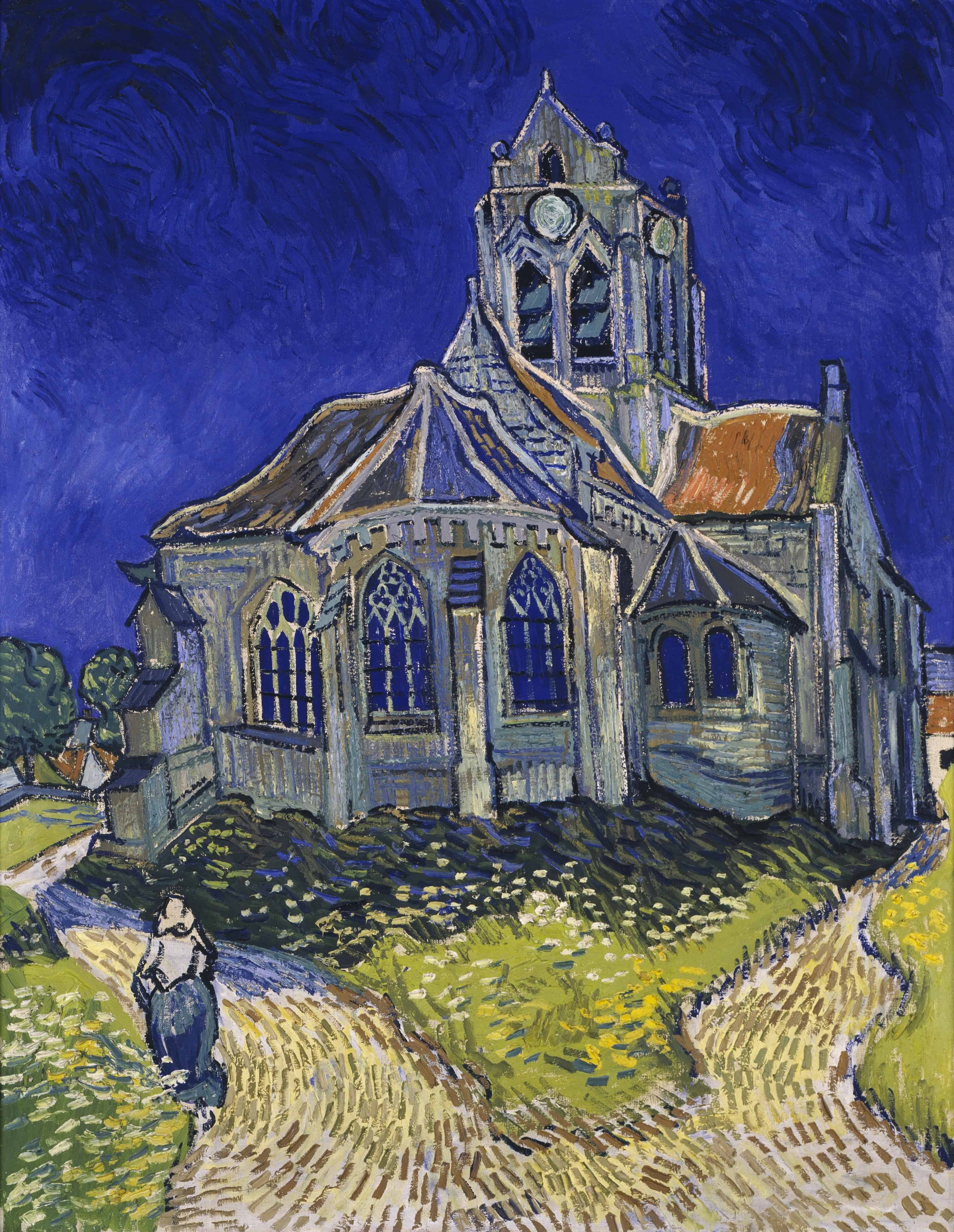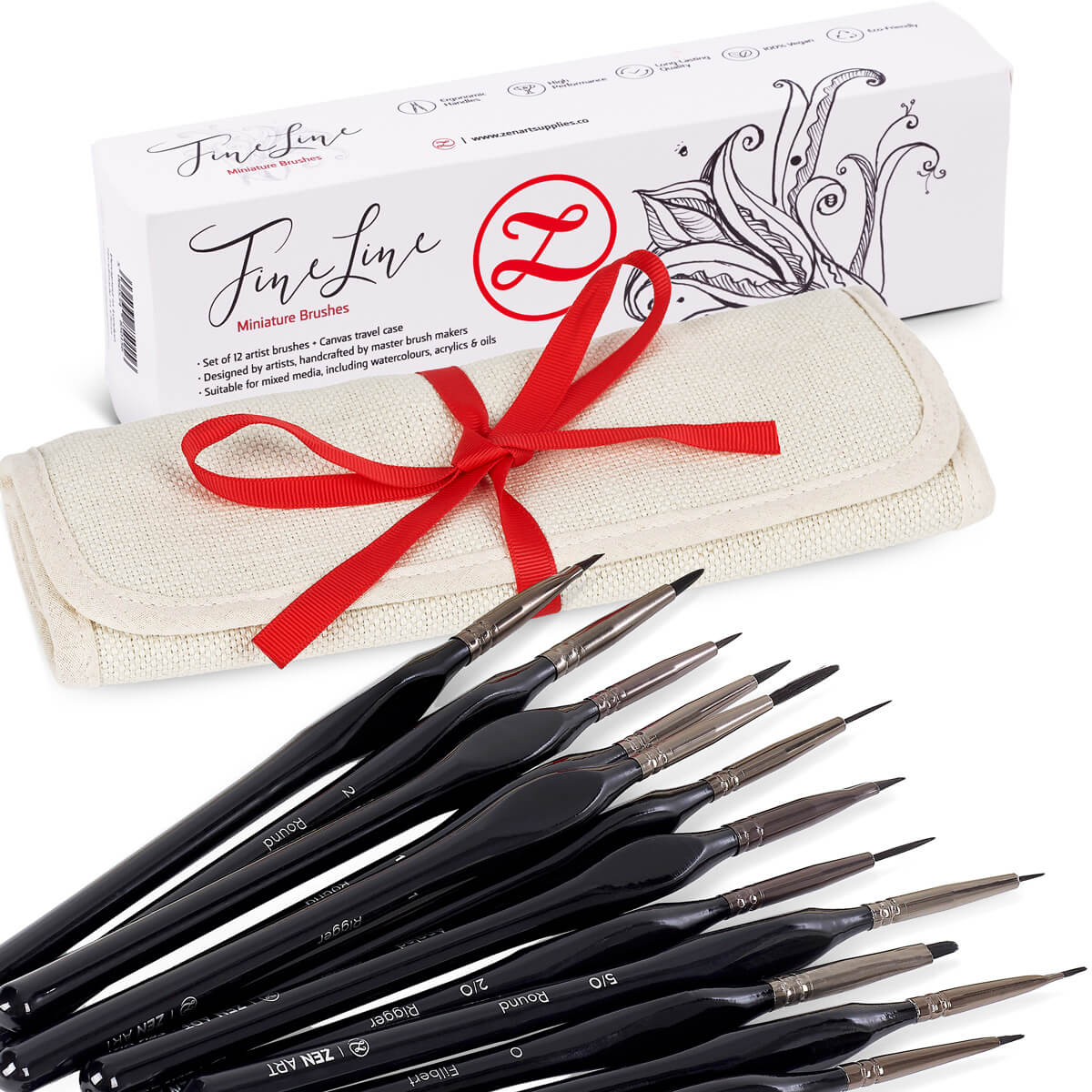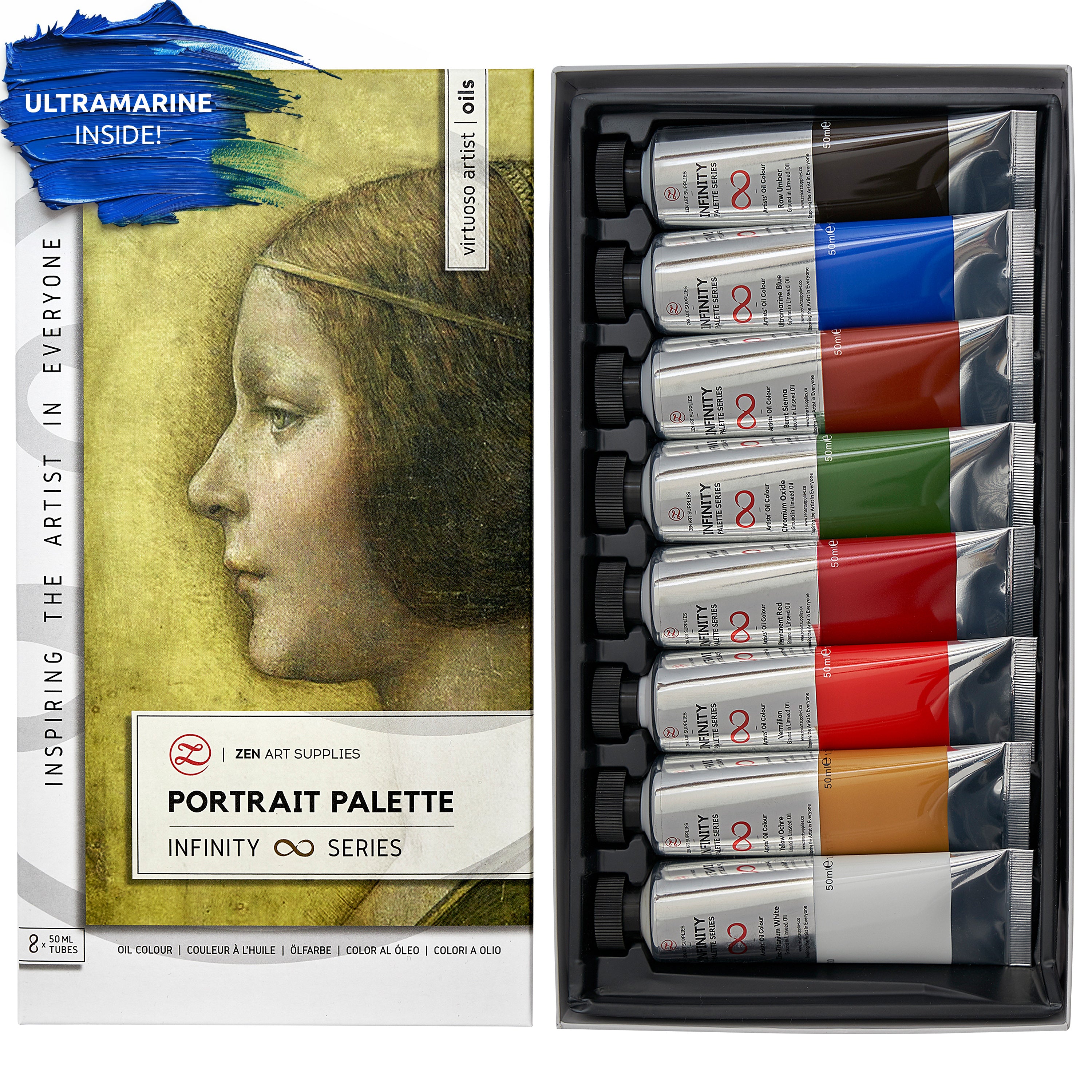
"Wheatfield with Crows", 1890
We all know the story that Vincent van Gogh went out to the wheatfields, painted "Wheatfield with Crows," (he actually painted several "Wheatfield with Crows") then picked up a gun and shot himself in the abdomen. He died two days later in the arms of Theo (pronounced Tay-O), his dearest friend, and much-beloved brother.I have always believed there had to be another explanation to the mystery of Van Gogh's death.
It was quotes like this-and many others-that taught me about a man who, in my opinion, could not kill himself: "This is my ambition, which is founded less on anger than on love, founded more on serenity than on passion. It is true that I am often in the greatest misery, but still, there is within me a calm, pure harmony and music ..." - Vincent Van Gogh. "This is my ambition, which is founded less on anger than on love, founded more on serenity than on passion. - V. Van Gogh"

"Almond Blossoms", 1890
In 2011, Random House published "Van Gogh: The Life," by Stephen Naifeh and Gregory White Smith. It is the definitive work on the life of Vincent van Gogh, accomplished in just 868 pages plus an extensive appendix.The authors were granted years of unprecedented access to the vaults of the Van Gogh Rijksmuseum in Amsterdam, The Netherlands. The appendix contains a lengthy description of an alternative theory of his death that they reached through hundreds (thousands?) of hours of research.Then I found an article in Vanity Fair that appeared in 2014 titled, "NCIS: Provance: The Van Gogh Mystery." In it, the authors of "Van Gogh: The Life" explained the forensic evidence they found and the experts they consulted. Especially Dr Vincent Di Maio, one of the world's leading handgun forensic experts, who agreed to look at what they had.

"Starry Night Over the Rhone," 1890
Part of this evidence consisted of written accounts given days after Vincent died.
There were several of them and in none of them was the word "suicide" mentioned. In addition, no one - including Dr Gachet who was treating him - had any idea where Vincent would have gotten a gun. Gachet didn't own a gun and no one in the Raveau Inn where he was living had one. Vincent didn't have access to a gun and a gun was never found at the scene. In addition, all of his painting equipment, easel, paints, brushes and canvas were never found.There were detailed reports of the appearance of the wound. Through these accounts, Dr Di Maio concluded that Vincent could not have shot himself. Guns in those days fired black powder and were very messy, ending up all over the shooter's hands. And the description of the wound showed no gunpowder or burns from the shot. The gun was pointing downward making the theory that he shot himself even less plausible. Dr Di Maio concluded that the shot had to have been fired from about two feet away.But here is the key
Vincent was shot on the left side; he was right-handed. According to some not-eyewitness reports, Vincent held up his shirt so he wouldn't damage it with a bullet. Now, imagine you are Vincent and somehow you found a loaded gun. You are holding it in your right hand. Try to hold the gun so it is two feet away from you while pointing it down at your lower left side. Impossible.We know he was shot in the lower abdomen because the bullet did not hit any vital organs. That was why he lived on in excruciating pain for two days.
 "The Church at Auvers," 1890 o One of his last paintings
"The Church at Auvers," 1890 o One of his last paintings
So, if Vincent did not commit suicide, who shot him?
There were a group of teenage boys in town who took great delight in tormenting the odd man who painted. They threw rocks at him. They called him crazy and other names. According to "Van Gogh: The Life," these boys put hot pepper on his clean brushes because they had watched him put them in his mouth. They also put a snake in his paint box which frightened him badly.Even so, a group of teenage boys, in 1890, was probably not inclined to kill Vincent. Torment, threaten, and frighten, yes. But not kill. However, there was one boy, Ren'e Secr'etan, who was very rich, came to Auvers every summer, and whose father was a respected summer member of the community. This 16-year-old was fascinated with Wild Bill Cody and his Wild West Show, having seen the show in Paris the year before. Ren'e, dressed up like Wild Bill Cody, in his fringed leather pants and shirt, carried a loaded, small-calibre pistol.A reliable eyewitness said Vincent was not in the wheat field when he was shot. He was on the road to Ren'e Secr'etan's villa. Why was he walking there? We will never know, but one could envision Vincent arriving at the villa and asking for Ren'e's father to discuss the bullying.He never made it to the villa.
On that road, on the night of July 27, 1890, someone shot him in the left side of his stomach. Ren'e claims he did not shoot Vincent. He said he had given the gun to one of the boys. Indeed, he left Auvers and returned to Paris the night of the shooting. Ren'e claimed one of the boys had his gun, and in a confession when he was very old, he said he had given the gun to the boys and that the gun sometimes fired and sometimes didn't. Ren'e grew up to become a well-respected banker and businessman. A quote from him when he was in his 80s (found in "Van Gogh: The life") went, "It worked when it wanted," Ren'e joked. "It was just 'fate' that it wanted to work the day it shot Van Gogh." Did you notice that Ren'e never admitted to a crime or accused one of the other boys? He said, "It was just 'fate' that it wanted to work the day it shot Van Gogh."Vincent died on July 29, 1890.
 "Dr Paul Gachet," 1890
"Dr Paul Gachet," 1890
So, if Vincent didn't kill himself, why have we been told he did?
The answer lies outside of Vincent. He was friends with a French artist named 'Emile Bernard. They had painted together and corresponded. But Bernard was jealous of Vincent's small successes. After Vincent died, Bernard wrote to a colleague that Vincent had committed suicide.In 1930, only 40 years after Vincent's death, a prominent scholar interviewed those that were there when he died. He, too, came to the conclusion that Vincent did not commit suicide. The truth was out there if you looked hard enough.Then came "Lust for Life," the 1934 novel written by Irving Stone and made into a movie in the mid-1950s starring Kirk Douglas as Vincent. The only problem? Irving Stone - as much as people loved his writing - was not a researcher or an expert on Vincent van Gogh. He had no intention of writing a biography, even though the book was regarded as such. "Lust for Life" is filled with misinformation that people have come to believe, including Vincent shooting himself, but worse than that, it perpetuated a myth when the truth was known.
 "Tree Roots," 1890 o Believed to be Van Gogh's last painting
"Tree Roots," 1890 o Believed to be Van Gogh's last painting
---
All of the paintings featured in this post were completed in the last three months of Vincent's life. He was 37 when he died, and only painted for 10 years. In those 10 years, he completed more than 800 paintings and nearly 1,300 drawings.
Susan L Stewart is a professional writer and artist. She has written novels and nonfiction books, and more blog posts, essays and articles she can count. If you'd like to see some of her art, visit her website at SusanLStewartArt.com.



























